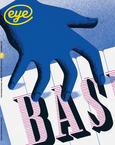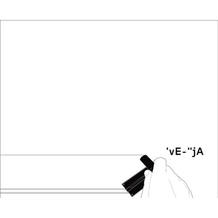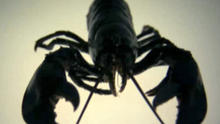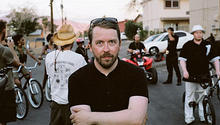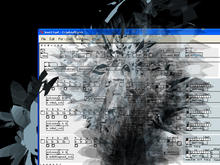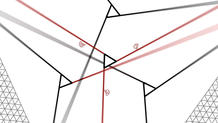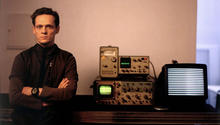Rob Chiu
is an internationally recognized designer and director, based in London, whose recent work has become more live-action based. He has worked under the alias of The Ronin since 2000, directing motion-design projects and short narrative-based films.
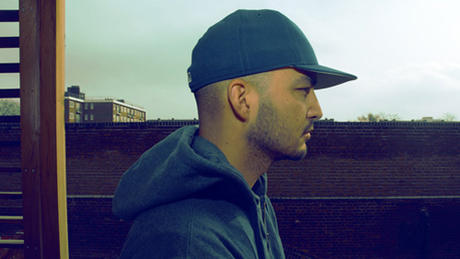
Rob Chiu has worked under the alias of The Ronin for eight years, directing motion-design projects for Leica cameras, the BBC, Channel 4, and idN, among others. His short narrative-based films have been featured in a number of film festivals including Edinburgh, OneDotZero, and Resfest.
Rob has given talks on his work at various design conferences such as Adobe Max, OFFF Barcelona, OFFF New York, OFFF Lisbon, Flash on the beach, FMX, Toca Me, and FITC Toronto, and he is regularly invited to run workshops at universities around the world.
Source: Curious Pictures
Where does your technical skill, all the 3D and motion graphics come from?
I started off as a graphic designer working in design agencies for four years or so and I always loved the multi-layered approach inspired by Attik. I did a part time degree in Manchester while I was working as a senior creative and I taught myself the software that I used to make my final piece.
I went into animation because I didn't have the money or facilities to shoot in film. I didn't like the look of DV much so I couldn't do what I wanted to do with film but I could in animation so I made a film called Black Day To Freedom which is about the Iraq war and refugees. My brother did the drawings in After Effects which gave the film a distinct 3D look. That's where I really started doing story telling and then I got more into live action again when HDV came out as it was better quality.
So now are you focusing on live action or animation?
In my head I'm live action but I can still incorporate After Effects – if someone asks me to do it that’s fine. I never want to stop editing though. And I love grading things. I like to be hands on without being roped into rotoscope and keyframe.
Now I'm using Red cameras and Canons and have budgets. I still do a lot of the post myself but it does take a lot of time. I shot a piece in Glasgow for the Commonwealth Games and I did all the post myself – grading and everything. I made the film over the course of 2 ½ weeks all in After Effects – the graphics and the grade. Additional animation – the logo at the end – came from the agency.
Source: Young Director Award
